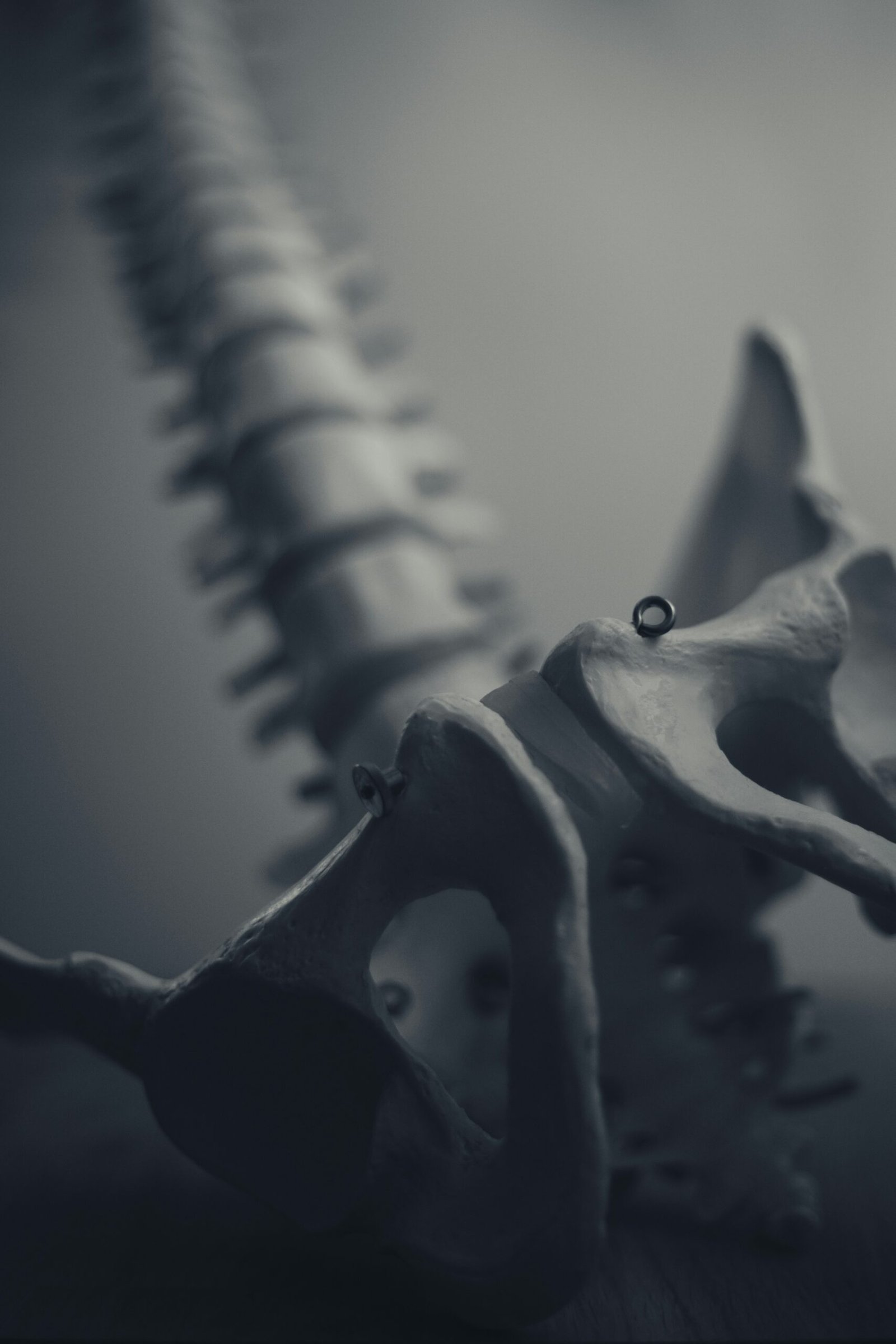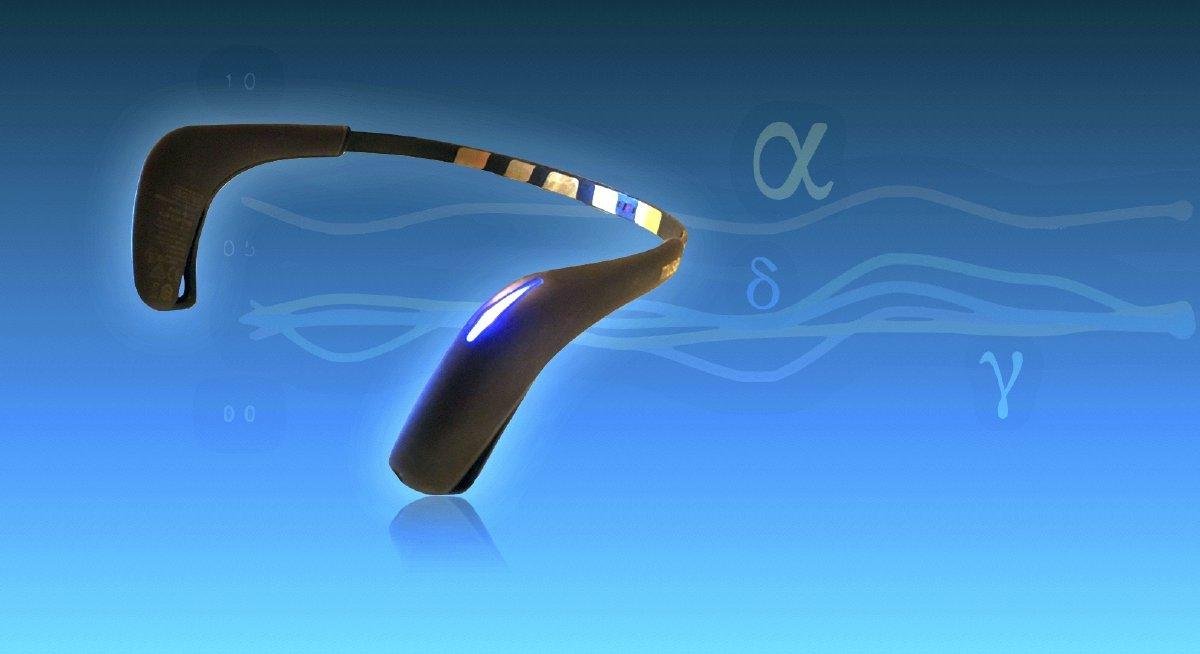Understanding Bone Density Dynamics: Preventing Fractures and Maintaining Bone Health
March 13, 2024 | by zhealtheist.com

Bone Density Dynamics: Understanding and Preventing Fractures
Fractures, or broken bones, can be a painful and debilitating experience. They can occur due to various reasons, such as accidents, falls, or underlying medical conditions. However, one of the key factors that contribute to fractures is bone density dynamics. Understanding how bone density changes over time and taking steps to prevent fractures can significantly improve your overall bone health and reduce the risk of fractures.
What is Bone Density?
Bone density refers to the amount of mineral matter, mainly calcium and phosphorus, present in your bones. It is an essential measure of bone strength and is directly related to the risk of fractures. Generally, higher bone density indicates stronger bones, while lower bone density increases the likelihood of fractures.
Throughout our lives, our bones undergo a continuous process of remodeling. This process involves the removal of old bone tissue by specialized cells called osteoclasts and the formation of new bone tissue by cells called osteoblasts. During childhood and adolescence, bone formation exceeds bone resorption, resulting in increased bone density. However, as we age, this balance shifts, and bone resorption begins to exceed bone formation, leading to a gradual decline in bone density.
Factors Affecting Bone Density Dynamics
Several factors can influence bone density dynamics and increase the risk of fractures. These include:
- Aging: As mentioned earlier, aging is a natural process that leads to a decrease in bone density. The rate of bone loss accelerates after menopause in women due to hormonal changes.
- Dietary Factors: Inadequate intake of calcium and vitamin D can impair bone health and contribute to lower bone density.
- Lifestyle Choices: Sedentary lifestyle, smoking, excessive alcohol consumption, and certain medications can negatively impact bone density.
- Medical Conditions: Conditions such as osteoporosis, rheumatoid arthritis, and hormonal disorders can weaken bones and increase the risk of fractures.
Preventing Fractures and Maintaining Bone Health
While bone density naturally declines with age, there are several preventive measures you can take to maintain bone health and reduce the risk of fractures:
- Consume a Balanced Diet: Ensure that your diet includes an adequate amount of calcium and vitamin D. Good sources of calcium include dairy products, leafy green vegetables, and fortified foods. Vitamin D can be obtained from sunlight exposure and certain foods like fatty fish and fortified dairy products.
- Engage in Weight-Bearing Exercises: Regular weight-bearing exercises, such as walking, jogging, dancing, or weightlifting, can help strengthen bones and improve bone density.
- Avoid Smoking and Excessive Alcohol Consumption: Smoking and excessive alcohol consumption can have detrimental effects on bone health. Quitting smoking and limiting alcohol intake can help preserve bone density.
- Get Regular Check-ups: Regular check-ups with your healthcare provider can help identify any underlying medical conditions that may affect bone health. They can also provide guidance on appropriate preventive measures.
- Consider Medications if Necessary: In certain cases, your healthcare provider may recommend medications to prevent bone loss or improve bone density. It is important to follow their advice and take any prescribed medications as directed.
Conclusion
Understanding bone density dynamics is crucial for maintaining healthy bones and preventing fractures. By adopting a balanced diet, engaging in regular exercise, avoiding harmful habits, and seeking appropriate medical guidance, you can take proactive steps towards preserving your bone health. Remember, prevention is always better than cure when it comes to fractures.
References:
1. National Osteoporosis Foundation. (n.d.). Bone Density Exam/Testing. Retrieved from https://www.nof.org/patients/diagnosis-information/bone-density-examtesting/
2. Mayo Clinic. (2021, February 26). Bone density test. Retrieved from https://www.mayoclinic.org/tests-procedures/bone-density-test/about/pac-20385273
3. National Institute of Arthritis and Musculoskeletal and Skin Diseases. (2021, April). Osteoporosis: Overview. Retrieved from https://www.niams.nih.gov/health-topics/osteoporosis
RELATED POSTS
View all



